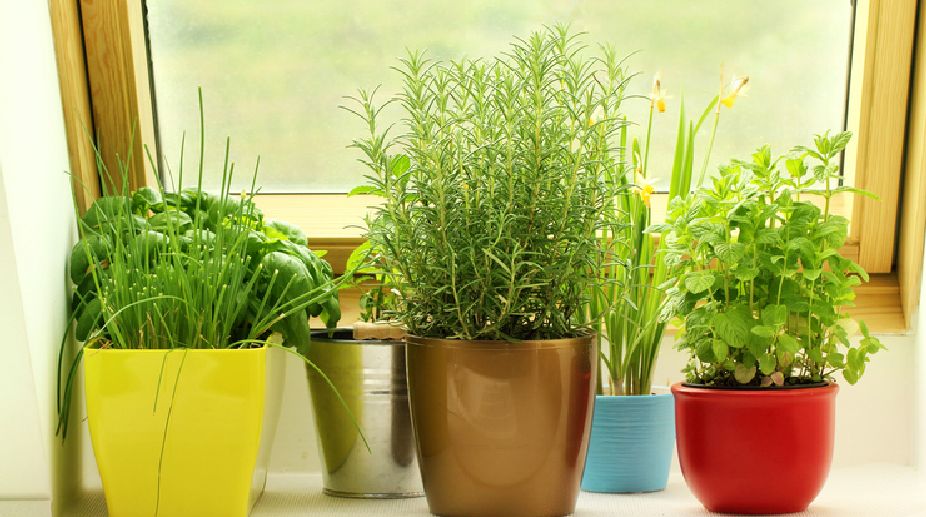Plants react to anesthetics similar to the way animals and humans do, finds a study suggesting that they are ideal objects for testing anesthetics actions in future.
Anesthetics were first used in the 19th century when it was discovered that inhaling ether gas stopped patients feeling pain during surgery. Since then many different chemicals were found to induce anesthesia.
Advertisement
However, despite the fact that many anesthetics have been used over a 150-year period, little is known about how these different compounds with no structural similarities behave as anesthetic agents inducing loss of consciousness.
The findings, led by Frantisek Baluska from the University of Bonn in Germany, showed that when exposed to anesthetics, a number of plants such as Mimosa leaves, pea tendrils, Venus flytraps and sundew traps all lost both their autonomous and touch-induced movements.
Venus flytraps could no longer generate their electrical signals and their traps remained open when trigger hairs were touched.
The growing pea tendrils also stopped their autonomous movements and were immobilised in a curled shape, when exposed to anesthetics.
In Venus flytrap, this was shown to be due to the loss of action potentials under diethyl ether anaesthesia. The same concentration of diethyl ether immobilised pea tendrils, the researchers said.
The results, published in Annals of Botany, suggests that the action of anesthetic at cellular and organ levels are similar in plants and animals.
Anaesthetics also impeded seed germination and chlorophyll accumulation in cress seedlings. Endocytic vesicle recycling and reactive oxygen species (ROS) balance, as observed in intact Arabidopsis root apex cells, were also affected by all anaesthetics tested.
Plants are emerging as model objects to research general questions related to anesthetics, as well as to serve as a suitable alternative test system for human anesthesia, the study suggested.











